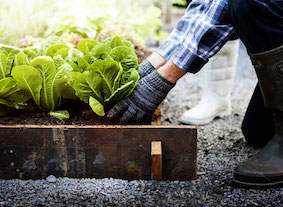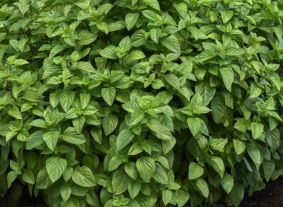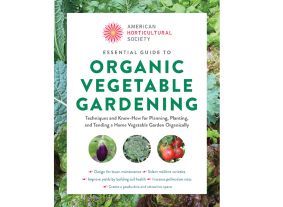Planting Your Victory Garden Outdoors
Views: 1130

In my last edition of Just Veggies, I referenced the National Gardening Bureau’s series of four blog posts about “Victory Gardening 2.0,” or more accurately, vegetable gardening in response to the coronavirus pandemic. Whether your reason for a victory garden is for supplementing your fresh veggies to lessen the trips to the store, a learning lesson for children or as an outdoor distraction from all your other cares, you may be new at this and you may need some assistance. No worries—I’m here to help!
Each of NGB’s four blog posts on the Victory Garden 2.0 topic have 10 tips or steps, and what I’m doing here is sharing with you a handful of tips for each of those posts and sharing my own experiences or suggestions, too.
While NGB’s first blog post was all planning the vegetable garden, the second post—Tips for Planting Veggies Outdoors—gets your hands dirty, from preparing the soil to laying down some mulch (or not!). Here are a few tips from NGB’s list that I want to expand on a bit:
Plant Your Victory Garden Starting in the Cool Season
Peas, radishes and spinach are some of the earliest crops, and you should sow them directly into your victory garden even with the temperatures are still cool (cool, not cold!). Sow seeds according to seed package directions, including the distance between them—a step that new gardeners often overlook. Kale and lettuces are great this time of year, too. The bonus is you can often sow them thicker than recommended and trim the leaves for salads as they grow bigger. This “cut and come again” method of harvesting can be done on the same crop multiple times! You’ll eventually want to let the small plants grow into full-sized veggies.
Plant Transplants When Weather Begins to Warm
More accurately, plant your tender young plants in your victory garden when your region’s last frost date has passed. The baby versions of bigger plants can’t take the cold weather! If you grew your veggies from seed, acclimate those small plants before putting them outside for good. Acclimating means exposing to outdoor conditions gradually so they get used to real-world sun and temperature conditions.
Plant Peppers and Tomatoes Deep!
NGB suggests new gardeners should plant both pepper and tomato transplants more deeply in their new victory garden. A deeply buried root ball and the stem grows additional roots along the stems once they are surrounded by soil. This extra-deep planting does two things. It gives the plant extra roots to absorb more water during hot conditions, and it makes the plants sturdier in the ground; i.e. they stand up a little taller and straighter. I don’t know about you but my peppers always topple over! I’m going to use this tip on my own peppers this summer.
Those were just three tips from the National Garden Bureau’s 10 tips for planting an outdoor veggie garden. That means there are at least seven tips I haven’t even touched. But please, do head on over to their Victory Garden 2.0 blog and read up on all of them. Your garden will definitely benefit from it.
Meet Ellen Wells
When you’re raised on a farm, you can’t help but know a thing or two about gardening. Ellen Wells is our expert on edible gardening.…
Ellen's Recent Posts

Everleaf Lemon Basil






